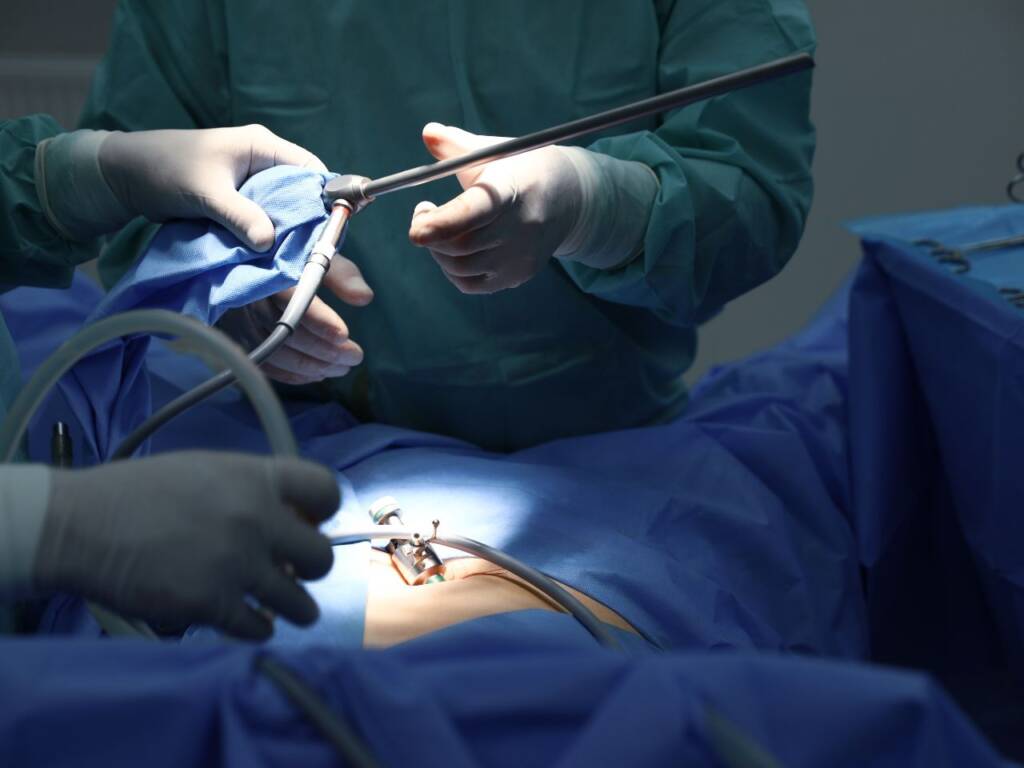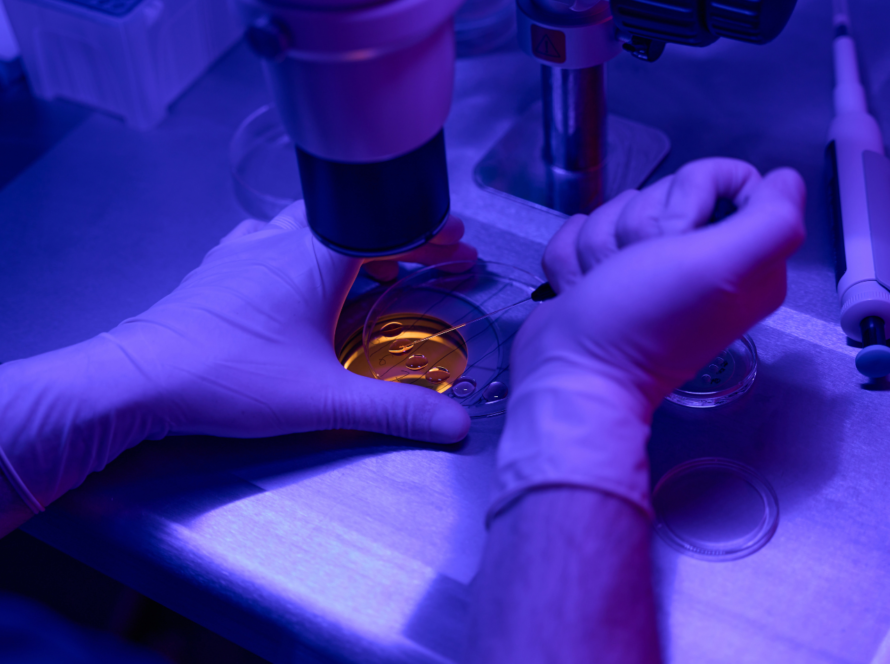Infertility affects numerous couples worldwide, prompting the need for advanced diagnostic and therapeutic procedures. One such procedure is laparoscopy, a minimally invasive surgical technique that allows doctors to examine and treat reproductive organs with precision. This blog delves into the laparoscopy procedure, its recovery process, and the benefits it offers to those facing infertility challenges.
What Is Laparoscopy?
Laparoscopy involves inserting a thin, lighted tube called a laparoscope through small incisions in the abdomen to view the pelvic organs. This procedure helps in diagnosing and sometimes treating conditions that may contribute to infertility, such as:
- Endometriosis
- Pelvic adhesions
- Fibroids
- Ovarian cysts
- Blocked fallopian tubes
By providing a clear view of the reproductive organs, laparoscopy enables targeted interventions that can improve fertility outcomes.
Performed under general anesthesia, laparoscopy typically follows these steps:
- Preparation: The abdomen is inflated with carbon dioxide gas to create space for viewing organs.
- Incision: A small incision near the navel allows the insertion of the laparoscope.
- Examination: The surgeon examines the reproductive organs for abnormalities.
- Treatment: If issues are detected, additional instruments may be inserted through other small incisions to perform corrective procedures.
- Closure: Instruments are removed, gas is released, and incisions are closed with sutures.
The entire procedure usually lasts between 30 minutes to an hour, depending on the complexity.

Recovery from laparoscopy is generally swift, but it varies based on the individual’s health and the extent of the procedure:
- Immediate Post-Operative Period: Patients may experience mild discomfort, bloating, or shoulder pain due to residual gas.
- Hospital Stay: Most patients are discharged the same day, though some may require an overnight stay.
- Resuming Activities: Light activities can typically be resumed within a few days, while full recovery may take 1-2 weeks.
- Follow-Up: A post-operative appointment ensures proper healing and discusses further fertility plans.
- Adhering to post-surgical instructions and attending follow-up visits are crucial for optimal recovery and fertility outcomes.
Laparoscopy offers several advantages in the context of infertility:
- Accurate Diagnosis: Direct visualization of reproductive organs allows for precise identification of issues.
- Simultaneous Treatment: Many conditions can be treated during the same procedure, reducing the need for multiple surgeries.
- Minimally Invasive: Smaller incisions lead to less pain, reduced scarring, and quicker recovery.
- Improved Fertility Outcomes: Treating underlying conditions can enhance the chances of natural conception or success with assisted reproductive technologies.
By addressing both diagnostic and therapeutic needs, laparoscopy serves as a comprehensive approach to managing infertility.
FAQs
Laparoscopy is performed under general anesthesia, so patients do not feel pain during the procedure. Post-operative discomfort is usually mild and manageable with prescribed medications.
Doctors typically recommend waiting until full recovery, usually 1-2 weeks, before attempting conception. However, this may vary based on individual circumstances and should be discussed with your healthcare provider.
As with any surgical procedure, laparoscopy carries risks such as infection, bleeding, or injury to surrounding organs. However, complications are rare, and the procedure is generally considered safe.
While laparoscopy can address issues contributing to infertility, it does not guarantee pregnancy. It often improves the chances, especially when combined with other fertility treatments.
A thorough evaluation by a fertility specialist, including medical history and prior test results, will determine if laparoscopy is an appropriate step in your fertility journey.
Conclusion
Laparoscopy stands as a pivotal procedure in the diagnosis and treatment of infertility, offering a blend of precision, minimal invasiveness, and therapeutic potential. For couples navigating the challenges of infertility, consulting with a fertility specialist about the suitability of laparoscopy can be a significant step toward achieving parenthood.



